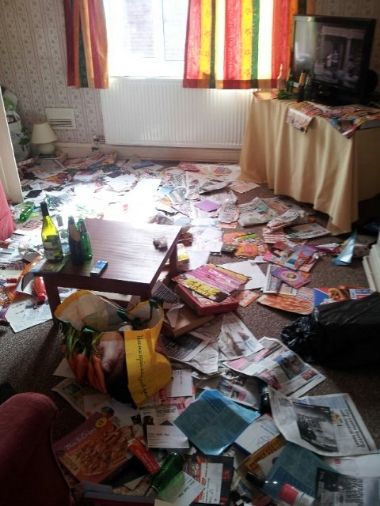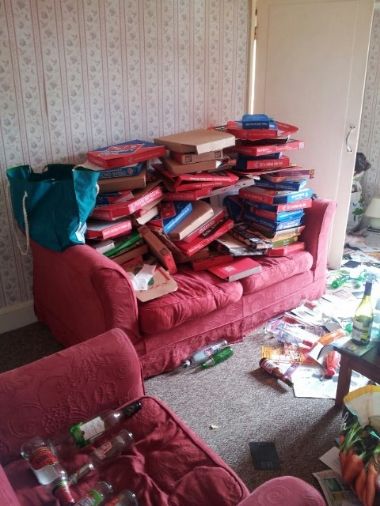Within a child’s room safety is a key aspect, from the basic necessity of child proofing to protecting them from judgement, this can be seen by the common saying “a face only a mother can love”. Protection can come by trying to shield a child from the world or simply by helping them prepare such as for girls allowing them to play (practice) with make-up so as they understand the world they are going to grow up in. We also prepare them using the tools at are fingertips from books to films and TV allowing that to assist in teaching children what the world is like.
Childhood is all about “ways of moving into something different” ((Certeau, M. D. (1988). The practice of everyday life. Berkeley, University of California Press.)) from child to adult, boy to man, girl to woman and as I discussed in my previous blog this is manipulated by those around us from family to the media. With the books we read our children at night telling them how prince charming will save the day, “Awareness of the fairy tale as a primary site for asserting and subverting ideologies of gender is evident throughout the genre’s history” ((Haase, D. (2004). Fairy tales and feminism: new approaches. Detroit, Wayne State University Press.)) with everyone from little red riding hood needing the wood cutter to save her from the wolf to sleeping beauty having to wait asleep for a man to simply kiss her and save her kingdom. This is also evident in many children’s films most modelled off these stories, with the women being unable to accomplish anything on their own needing a man to help them.
Nicole Brossard a poet, novelist, essayist and feminist states that “feminism would help us reclaim our stolen humanity” ((Brossard, N., & Forsyth, L. (2005). Nicole Brossard: essays on her works. Toronto, Guernica.)) You may believe this simply relates to actions from centuries ago when men sold women like cattle, but in fact relates to a modern notion that every woman needs a man that is perpetuated by films, in which even the strongest most independent women fail until they have a man by their side. But I am getting off topic, amongst Nicole Brossard’s works was a poem originally in French but translated into English “Typhon Dru” ((Brossard, N., & Bergvall, C. (1997). Typhon dru. London, Reality Street Editions.)) which are essentially very feminine poems, filled with beautiful descriptions “glides joy ribbon” ((Brossard, N., & Bergvall, C. (1997). Typhon dru. London, Reality Street Editions.)) I will be removing any mention of “Typhon Dru” ((Brossard, N., & Bergvall, C. (1997). Typhon dru. London, Reality Street Editions.)) as it makes it less accessible to an audience by giving it specific point of reference. The stanzas are also quite chaotic not quite following an obvious logical narrative as life itself often doesn’t.
I will use this aspect of the poem not necessarily in the order it was written but as I feel it befits the wool I am following at that moment. This will make the poem personal to me and those that choose to view my performance, it will give each audience member a different experience of my room. As while I am wholly concentrating on what I am doing they will be interpreting it in a way that is unique to them. This makes me curious as to whether there is way to have each audience member’s reaction to rooms as an individual kept and stored? Or if they will simply feel what we want them to? Is there a way to discover if they have understood what we were trying to create?

